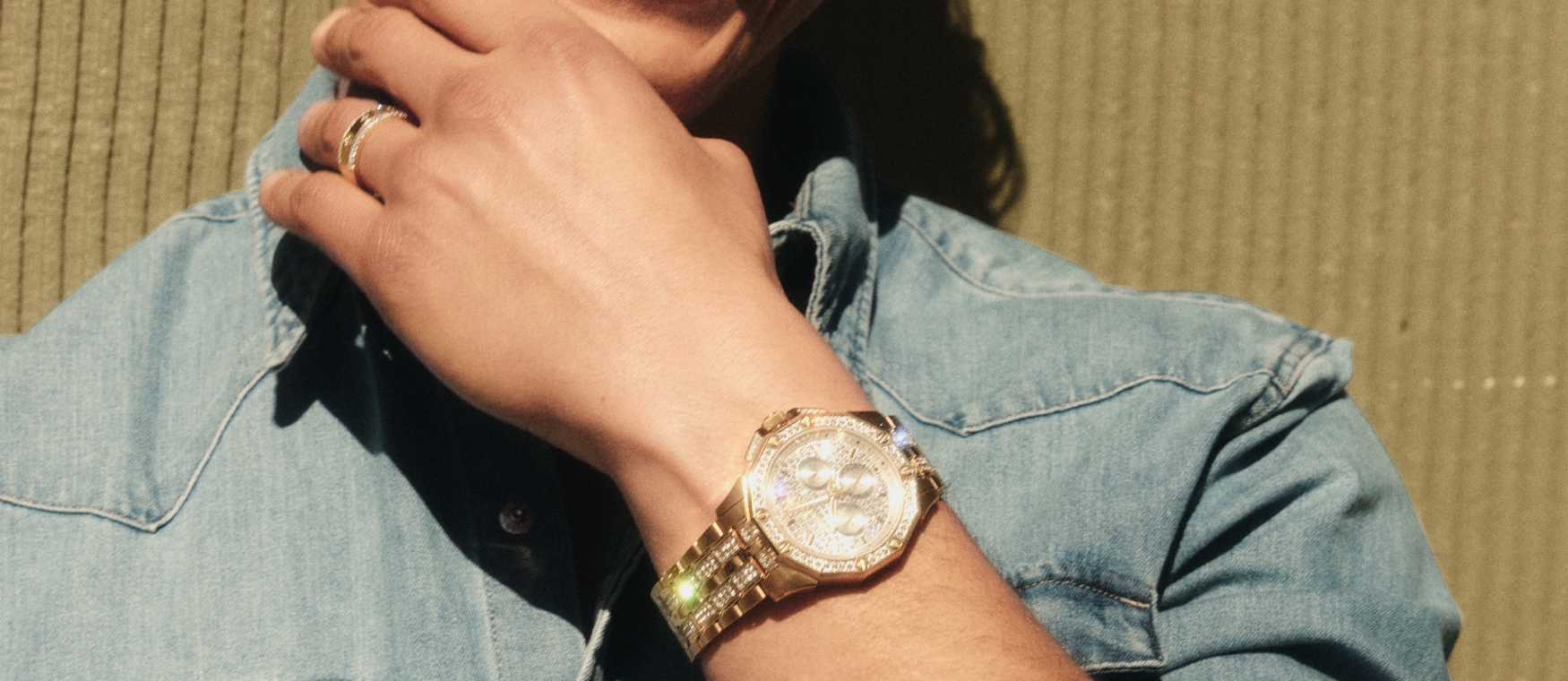Watch Guide – Types of Watches and Watch Movements | Peoples Jewellers

Men’s Watches
Watches designed specifically for men tend to have a thicker, adjustable strap to fit a larger wrist. They also appear heavier and bulkier and come with a larger display between 38mm and 46mm for a more masculine style.
Women’s Watches
Watches designed for women tend to be smaller and more delicate with a display around 26mm to 36mm with fewer features. The band is generally thinner and more lightweight to avoid overwhelming smaller wrists.












